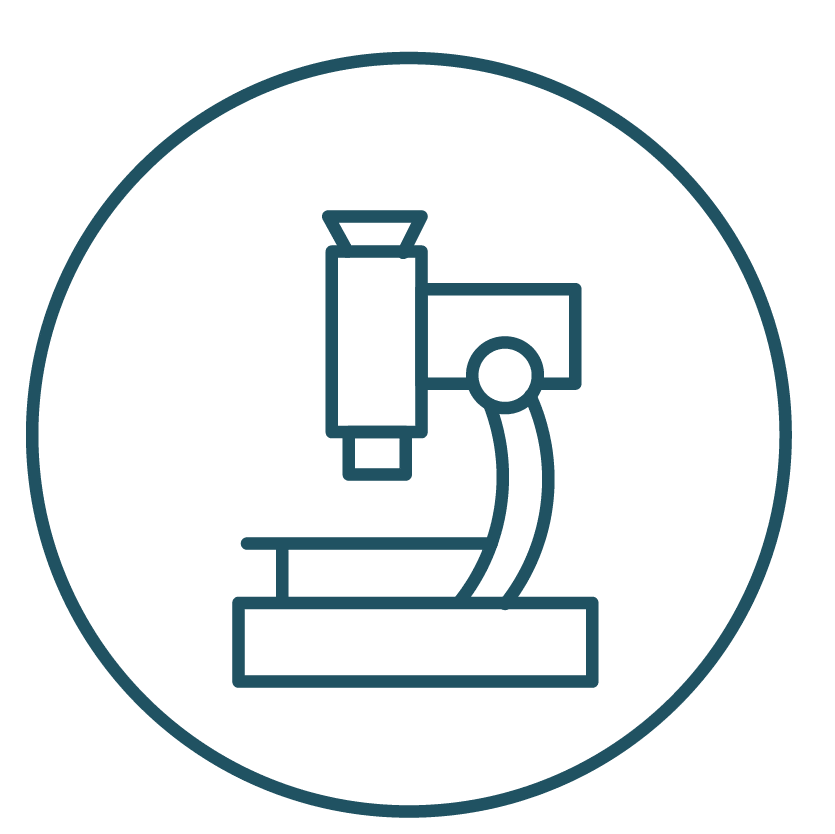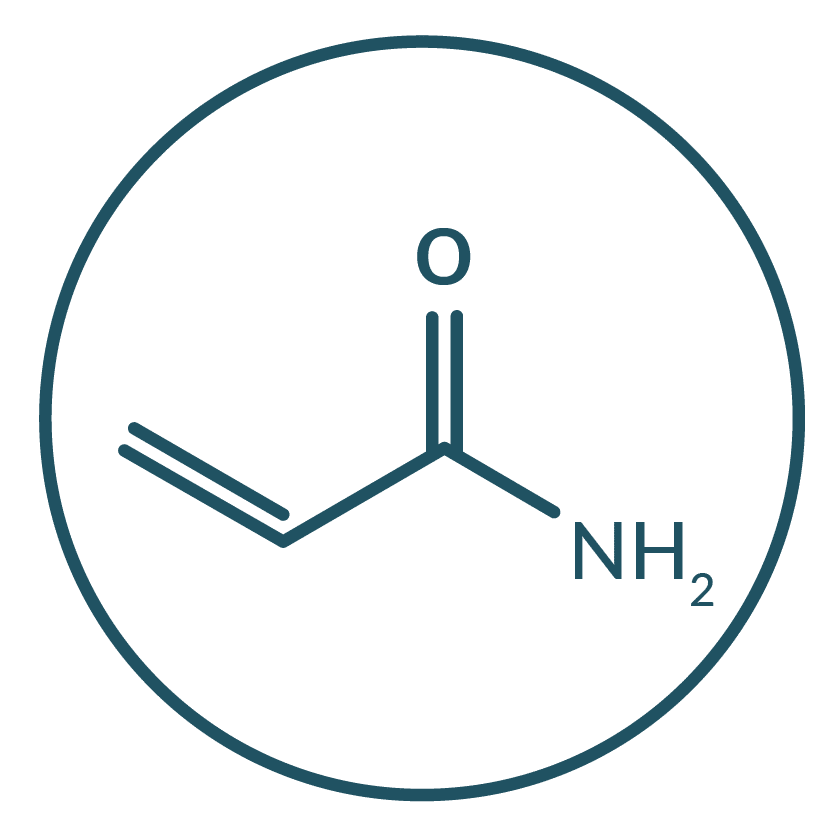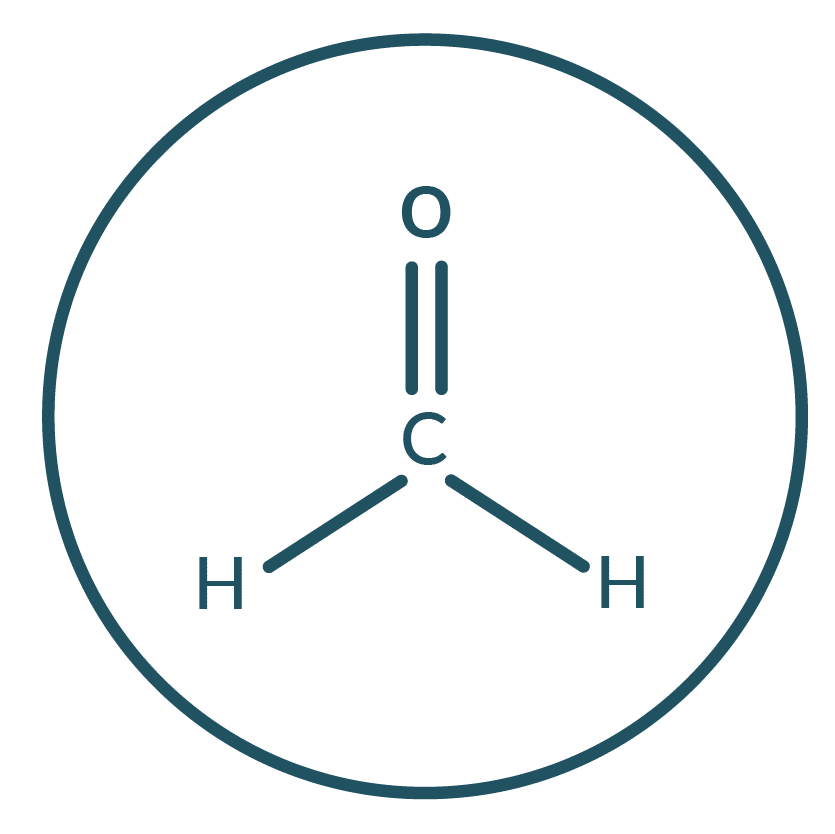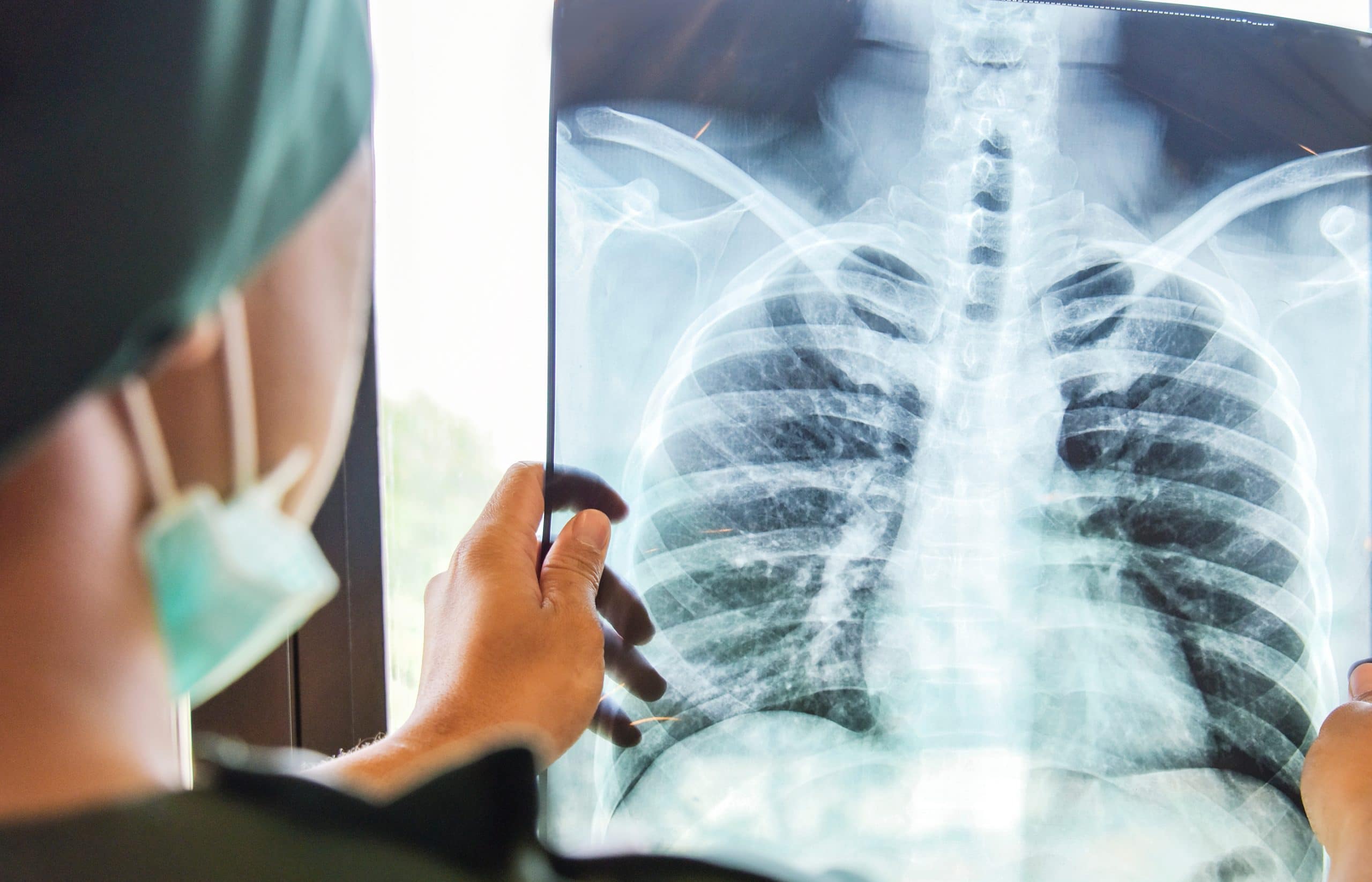What You Need to Know About Carcinogens
Carcinogens are substances that have been linked to cancer development. Learn about what substances are carcinogens and how to avoid them.

What Is a Carcinogen?
Any substance or environment that promotes cancer is known as a carcinogen, but this classification isn’t made lightly. For a substance or exposure to be classified as a carcinogen, it must’ve been studied extensively by researchers, where the resulting data is evaluated and reviewed.
Important Facts to Consider
People sometimes learn about carcinogens because they may have developed cancer or are involved with the illness in some way. Here are some essential facts about carcinogens that sometimes get overlooked:
- Just because a substance is on one agency list and not another doesn’t mean controversy or disagreement. They’re separate entities that act independently of one another.
- Carcinogens don’t cause cancer at all times or under all circumstances.
- Not all carcinogens can or should be avoided
Get the Help You Need
The Connection to Cancer
When a cell’s DNA changes irregularly, it can sometimes cause that cell to multiply out of control. This is how tumors form and these changes can be inherited from parents or caused by outside exposures to carcinogens. These are known as environmental factors and encompass all situations that may cause exposure to a carcinogen. Some common environmental factors include:
- Workplace exposures (asbestos, formaldehyde)
- Lifestyle (alcohol, tobacco)
- Naturally occurring exposures (radon, ultraviolet light)
- Medical treatments (radiation, estrogen)
- Household exposures (asbestos, lead)
- Pollution (exhaust smoke, smog, air pollutants from power plants)
Who Can Classify Carcinogen Status?
There are multiple national and international organizations capable of reviewing provided evidence to help determine the potential for cancer from exposure to different substances and environments. It isn’t one organization that can make the determination, it must be done collectively. One party makes a claim to classify something as a carcinogen and then provides the data to other organizations to substantiate the claim. Multiple agencies can assist with this.

International Organizations
The International Agency for Research on Cancer (IARC) is a global agency attached to the World Health Organization (WHO). WHO strives to expedite a better, healthier future for people all over the world, and they work with 194 Member States, across six regions, and from over 150 offices.

National Agencies
One major national organization that can weigh in on carcinogen status is the U.S. National Toxicology Program (NTP). The NTP is a hybrid of parts from other government agencies trying to enforce public health. These agencies include the National Institutes of Health (NIH), the Centers for Disease Control and Prevention (CDC), and the Food and Drug Administration (FDA).
The NTP will submit an updated Report on Carcinogens (RoC), every few years.
A few more federal organizations are fighting for public health, including the Environmental Protection Agency (EPA), the CDC’s National Institute for Occupational Safety and Health (NIOSH), and the National Cancer Institute (NCI).
All of these organizations work independently, but still have a say in which substances or environments can cause cancer, as well as what level of safe exposure entails.
How Do Researchers Determine Carcinogens?
To determine a carcinogen, researchers must perform several extensive tests, which can often be difficult. Testing a substance by exposing people to it is highly unethical, so scientists must find other ways. Sometimes danger to health can be challenging to determine.
Besides finding out how to test the element, researchers must decide which substances to test in the first place. There are so many suspected carcinogens, both natural and man-made, that testing each one is impossible. Instead, scientists utilize data they have on chemical structures, results from other tests, the extent of human exposure, and other factors to decide which substances to focus on.

Lab and Epidemiology Studies
Scientists can use lab studies to retrieve a large portion of their data. By studying cell cultures (extracted cells) and animals, researchers will get a good idea of how to move forward with further examinations. Most carcinogens are tested because they once caused cancer in lab animals, as it can be assumed (for safety reasons), that any element causing disease in animals will most likely do the same for humans.

These types of tests look at several groups of people to see if there is a link between cancer and other factors. Results can be skewed, however, because of the many variables you can’t account for in a controlled environment.
Scientists can combine data from both lab and epidemiology studies to help make the best-educated analysis on whether a substance causes cancer or not.
Carcinogens You Should Know About
There are hundreds of carcinogens out there, but they are classified into smaller subcategories: known, probable, possible, and unknown. A known carcinogen means that there is overwhelming evidence with a high chance of the fact, whereas a probable classification means that there is less evidence but the chance for cancer is still high. “Possible” maintains risk but with much less evidence for support, and the status of ‘unknown’ means that the substance cannot be classified.
Here are 6 common, “known” carcinogens that you’re more likely to encounter.

Asbestos and Radon
A naturally occurring mineral, asbestos is a bundle of fibers that can be found in the environment, in rock and soil deposits, deep underground. These fibers are tough and resistant to fire, electricity, and chemical corrosion, making it a highly desirable product in several industries, including the U.S. Military.
With these traits, it was utilized heavily in the production of insulation, pipes, roof shingles, ceiling tiles, paint, car parts, and more. After prolonged exposure to the fibers, they eventually become lodged in the lungs, potentially causing lung cancer or other related conditions.
This is a gas that appears in small amounts in the environment, where it’s harmless to health. If radon builds up indoors and a person is exposed to the gas in a more condensed environment, it can break down the lining of your lungs, potentially causing lung cancer.

Acrylamide and Formaldehyde
When vegetables or other foods are heated to high temperatures, they emit acrylamide, a chemical that has been shown to promote tumors in rodents. Avoiding baked, roasted, fried, and toasted foods that are cooked to the point of being a golden, deep brown, will help.

This gas is a chemical compound made up of hydrogen, oxygen, and carbon that all life forms naturally produce. It’s used widely in the building and construction of several products, as it is an exceptional bonding agent.

Alcohol and Ultraviolet Rays
All alcohol is produced by the fermentation of sugars and starches by yeast. It can be dangerous because there’s a breaking down of ethanol in drinks to acetaldehyde, a probable human carcinogen. Additionally, other functions that are affected when drinking also put the body at risk. Such as generating reactive oxygen species, impairing the body’s ability to break down and absorb nutrients, and increasing blood levels of estrogen.

Studies have demonstrated that ultraviolet (UV) rays from the sun or a tanning bed, absorb into the skin and damage cells, potentially causing cancer.
Just because a substance or exposure has known or suspected correlation with cancer doesn’t mean that it can or should be avoided. For instance, ultraviolet light is known to cause cancer. Still, it’s nearly impossible and highly unhealthy to avoid the sun altogether.
Additionally, some items may only be carcinogens if exposed in a certain way (ingesting vs. inhaling) or through prolonged or extreme exposure (radon, asbestos). Yet others with a specific genetic makeup may not be affected at all. Your doctor will be able to give you a better idea of your risks for developing cancer.
Legal Recourse for Carcinogen Exposure
If you’ve been exposed to a known carcinogenic substance while on the job or in your residence, you could be entitled to compensation for negligence from the companies responsible. This could include filing a claim for part of an asbestos trust fund, personal injury, or in the case of a family member filing, wrongful death.
There are many regulations put in place to prohibit exposure to asbestos, radon, or other carcinogenic elements. If you develop lung cancer or other diseases from possible exposure to a carcinogen, talk with your doctor immediately about the details surrounding your illness.


